Congo African Grey Parrot Care, Feeding, and Behavior
Freshwater/pellets/fresh produce daily, a large cage with numerous levels for climbing, toys for chewing and foraging, exposure to radio or television when alone to keep company, a great deal of daily attention and time out of the cage to socialize, annual veterinary check-ups, regular nail clipping +/- misting to bathe, exposure to artificial UV light if kept indoors, best if housed singly.
intelligent, shy, one-on-one, talkative, sensitive
Health and Common Conditions: vitamin A deficiency, feather picking, psittacine beak and feather disease, calcium deficiency, respiratory tract infections, aspergillosis fungal infection, avian ganglioneuritis/bornavirus
Fast Facts
Congo African gray parrots are larger than Timneh gray parrots and lighter colored grey and have a bright red tail and black beak.
One of the most intelligent parrots and best talkers, capable of learning human language and speaking words in context, able to learn tricks and figure out simple puzzles
One of the most intelligent parrots and best talkers, capable of learning human language and speaking words in context, able to learn tricks and figure out simple puzzles
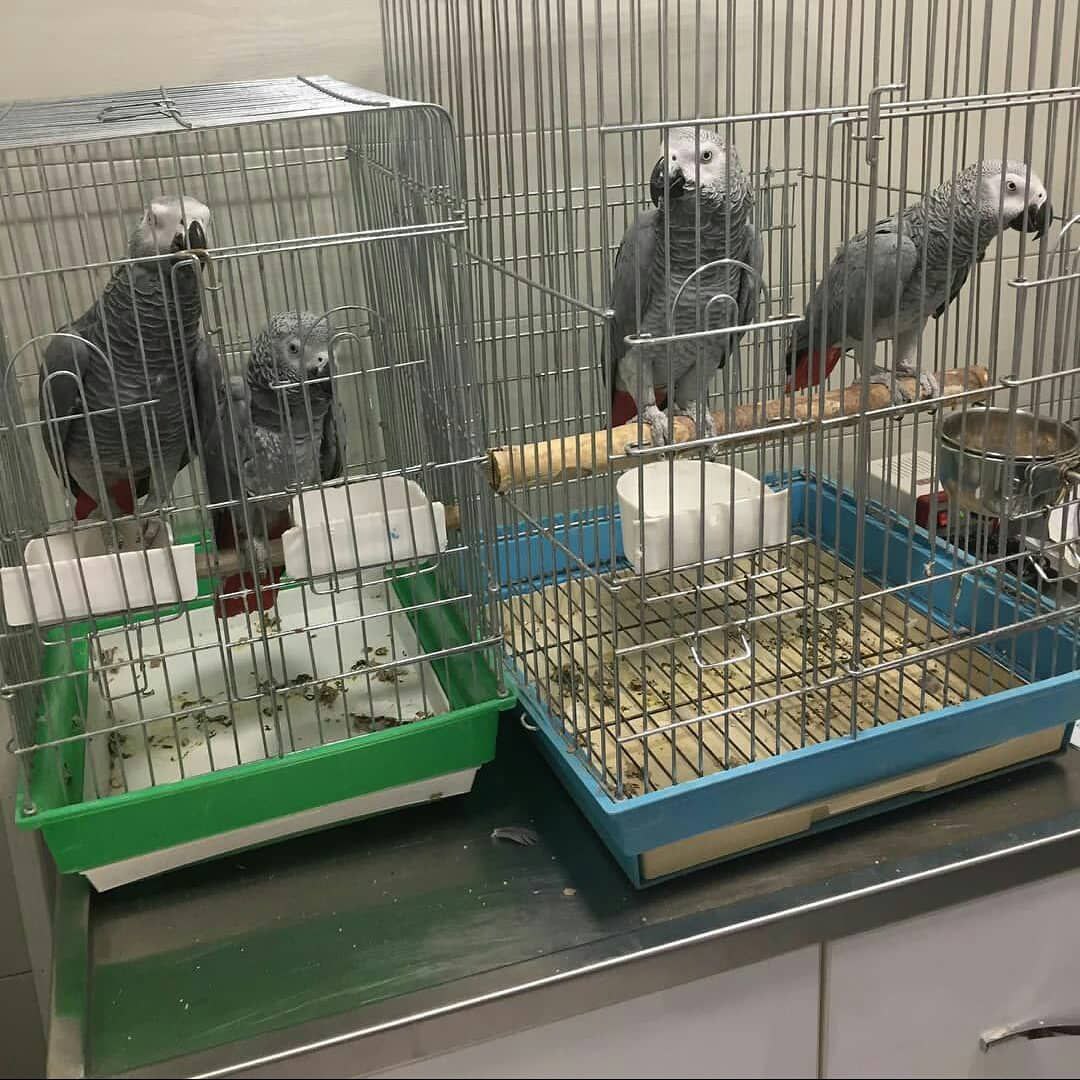
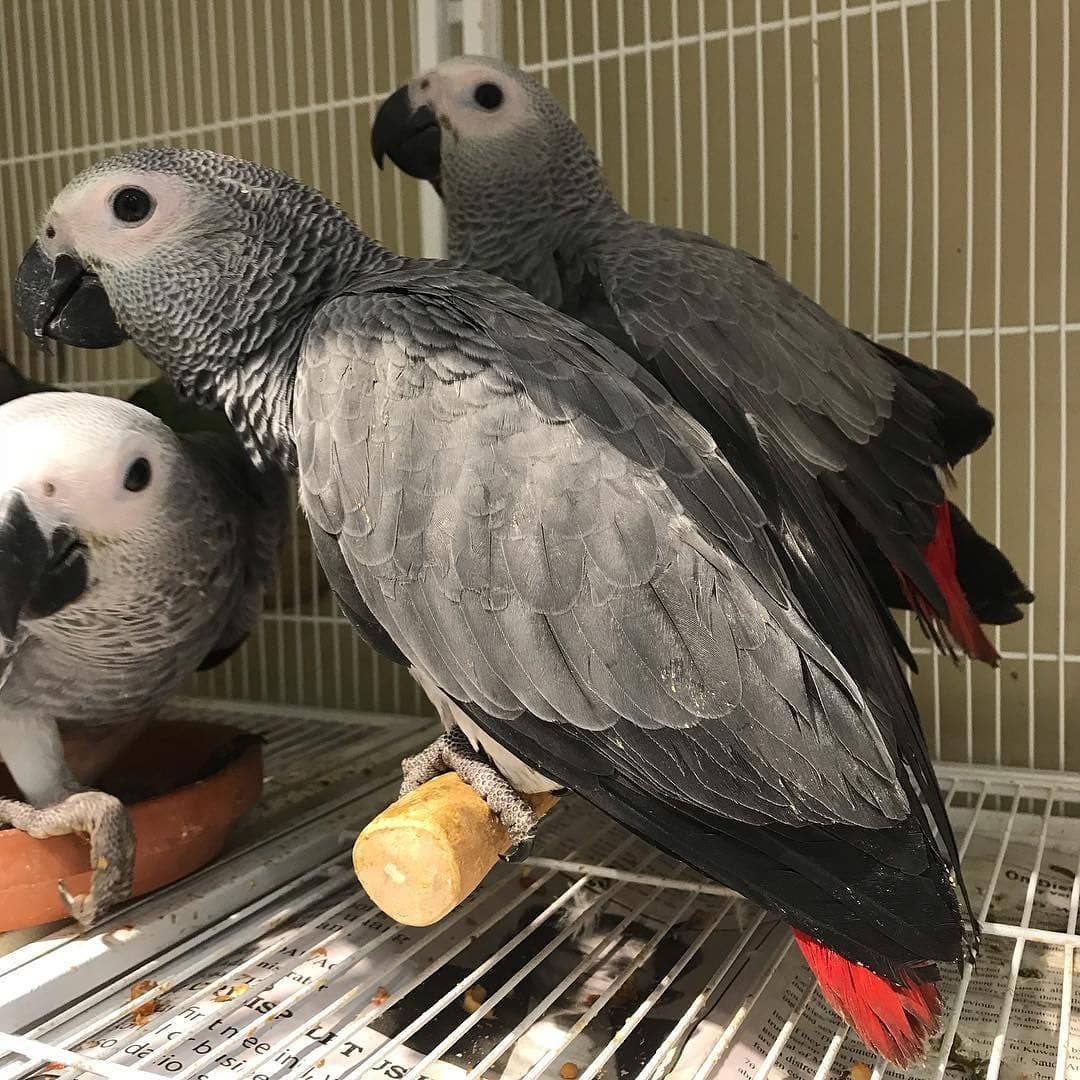
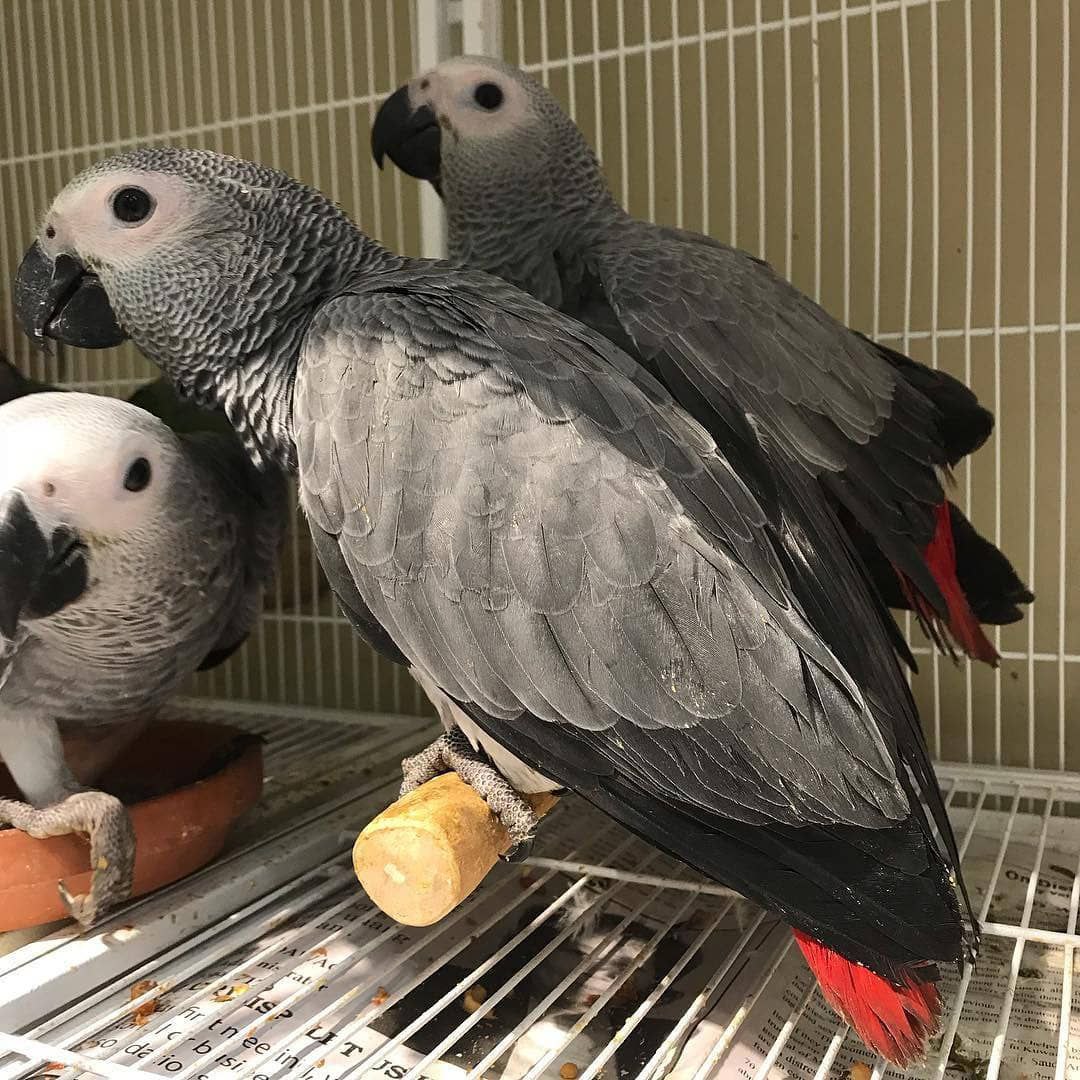
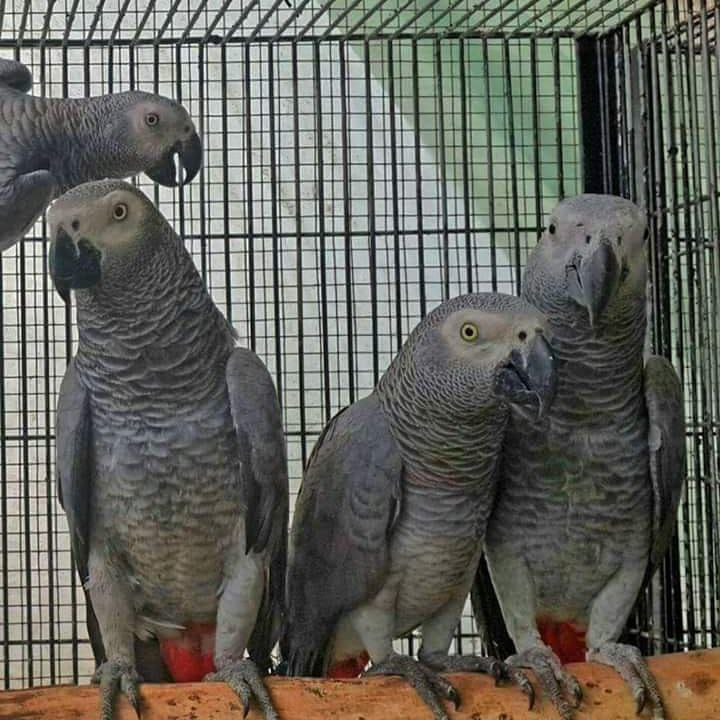
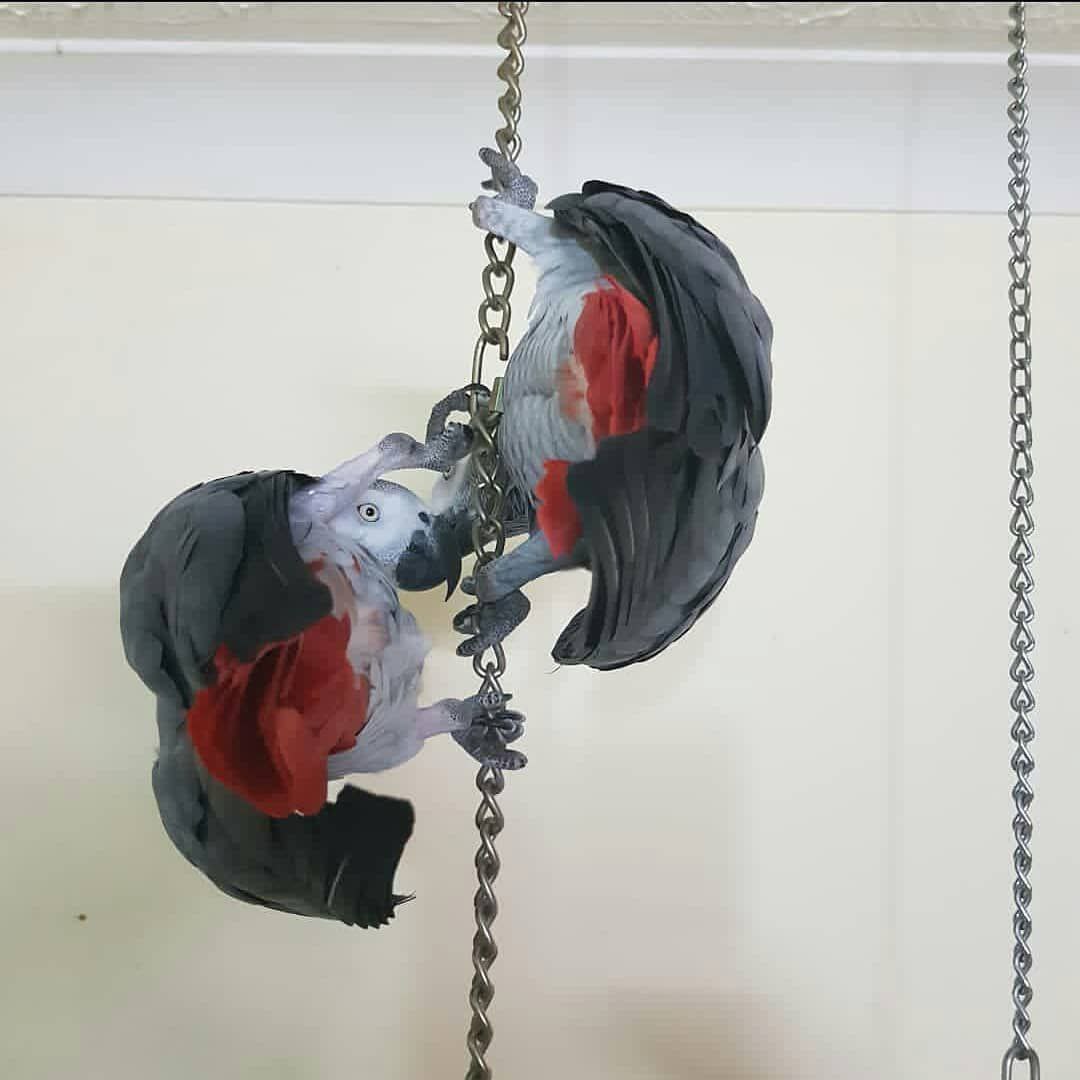

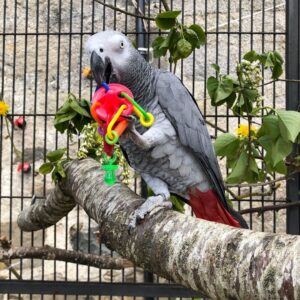
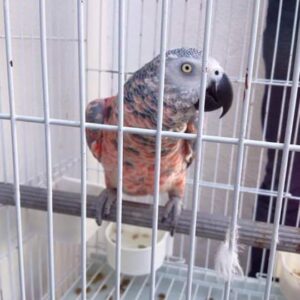

Reviews
There are no reviews yet.